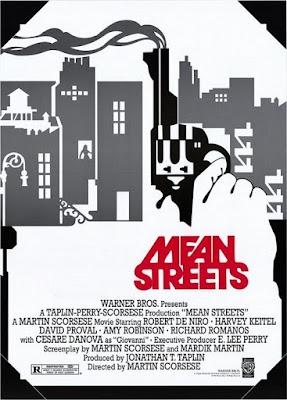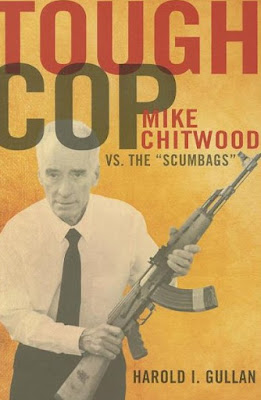The U.S. Attorney’s Office Eastern District of Pennsylvania
released the below information:
PHILADELPHIA – United States
Attorney William M. McSwain announced that Raphael Shaw, 20, of Philadelphia,
PA was ordered detained pending trial at a detention hearing today in federal
court on charges of burglarizing $104,000 from a Wells Fargo Bank branch in the
Parkside section of Philadelphia during the recent riots and looting in the
city. The defendant was arrested and taken into federal custody last week and
made his initial appearance in court on Friday, July 17, 2020.
Following
peaceful protests in the early afternoon of May 30, 2020 in response to the
killing of George Floyd in Minneapolis, MN, civil unrest began to unfold later
that afternoon in Philadelphia that resulted in widespread looting, burglary,
arson, destruction of property, and other violent acts.
One
such burglary occurred on May 31, 2020, when the defendant and his confederates
allegedly broke into the Wells Fargo bank located on the 1500 block of north
52nd Street, pointed a rifle at people inside the bank, and removed a cash
vault containing $104,000. According to the criminal complaint, the burglars
used a forklift stolen from a nearby Lowe’s home improvement store to remove
the vault. Surveillance footage from the bank showed a male wearing a blonde
wig with distinctive tattoos on his right forearm, and several other
individuals, surrounding a large object and moving it through the bank.
Shaw
was identified as the individual in the blonde wig after a Philadelphia Police
Officer who patrols the Parkside neighborhood, and who has interacted with Shaw
multiple times in the last year, recognized the tattoos on his arm.
Investigators were also able to further identify Shaw as the suspect based on
photos posted to his publicly accessible Instagram account which showed a photo
of an individual with the same arm tattoos, displaying large amounts of cash. A
separate criminal complaint filed in federal court earlier this month charged
Shaw’s alleged associate, Xavier Nolley-Hall, with entering the bank with
intent to commit a felony.
“We at
the U.S. Attorney’s Office will not allow violent criminal behavior to hijack
the First Amendment right of the people to assemble peaceably and to petition
their government,” said U.S. Attorney McSwain. “We accomplish that mission not
only by arresting and prosecuting the perpetrators, but also by detaining them
with no bail, when appropriate. That was the case here. Shaw will now face the
consequences of his alleged actions, and he will do so while sitting in federal
prison, where he belongs, prior to his trial. The bottom line is that if you
committed a federal crime during the rioting and looting in Philadelphia, we
are coming for you.”
“Amid
peaceful protests and an outbreak of civil unrest, criminal opportunists sought
to take advantage of the chaos,” said Michael J. Driscoll, Special Agent in
Charge of the FBI’s Philadelphia Division. “Numerous banks across the city
experienced vandalism and forced entry, but this daylight forklift burglary was
the most brazen incident by far. The FBI/Philadelphia Police Violent Crimes
Task Force continues to work the case, to identify the others involved. Our
message to those folks: we’ll see you soon.”
If
convicted, Shaw faces a maximum possible sentence of twenty years in prison,
followed by three years of supervised release, and a fine of up to $250,000.
The
case was investigated by the Federal Bureau of Investigation and is being
prosecuted by Assistant United States Attorney Michael R. Miller.
An
Indictment, Information or Criminal Complaint is an accusation. A defendant is
presumed innocent unless and until proven guilty.





























